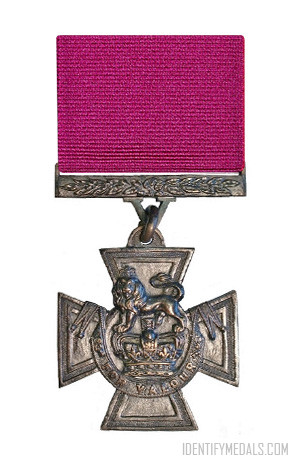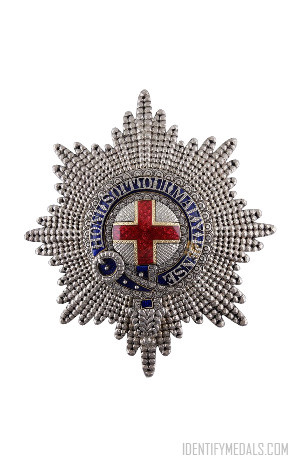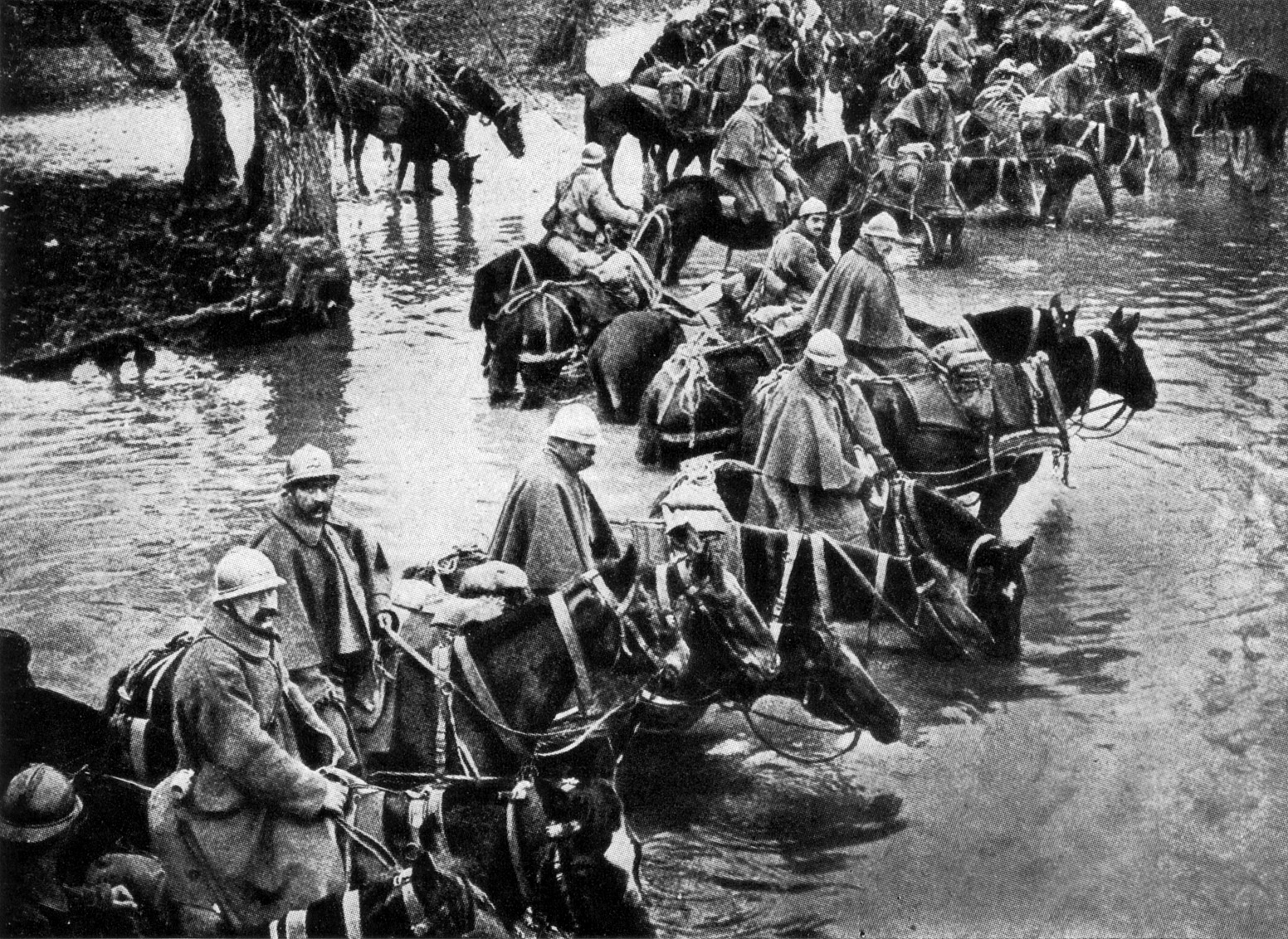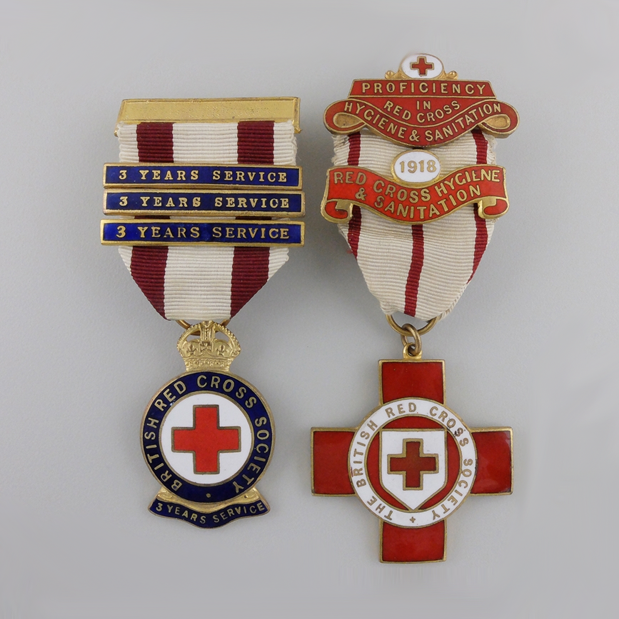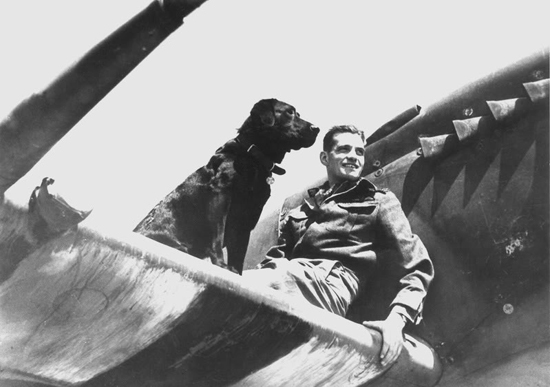The Victoria Cross (or VC) is the highest military decoration of various Commonwealth countries. In this article, we will explore the origins of this award and how it became such an important recognition for gallantry within the British armed forces.
The Introduction of the Victoria Cross and the Crimean War
The Victoria Cross was introduced on 19th January 1856 by Queen Victoria. The initial goal was to honor acts of valor during the Crimean War. The cross was and still is awarded to the recipient or next of kin by the British monarch at a special investiture held at Buckingham Palace.
The Crimen War was one of the first wars with modern reporting. In 1854, and after 40 years of peace, Britain found itself involved in a major war against Russia. before this war, there was no official standardized system to recognize gallantry within the British forces. There were orders such as the Order of the Bath and some brevet promotions. However, the structure was rather limited because they were confined to those that could be noticed by commanders in the field (usually, the commander’s own staff).
Other European countries did have awards that didn’t discriminate against rank or class (for example, France had the Légion d’honneur (Legion of Honour) and The Netherlands gave the Order of William. In consequence, a feeling grew amongst the public and in the Royal Court to create a new award for gallantry that wasn’t connected to a man’s lengthy or meritorious service. Queen Victoria created the Victoria Cross on 29th January 1856 and the order was backdated to 1854 to recognize acts of valors that had happened during the Crimean War.
The Gunmetal in the Victoria Cross: Russian or Chinese?
When Queen Victoria instructed the War Office to strike a new medal that could recognize valor no matter the birth or class, the award was supposed to be a simple decoration. She vetoed with Prince Albert the name “The Military Order of Victoria” and instead went for a simpler “Victoria Cross”.
There is a traditional explanation for the source of the metal from which the Victoria Cross is struck: A Russian cannon captured at the siege of Sevastopol (specifically, the bronze cascabels of two cannons – the remainders of which are still stored in a vault in Donnington, Telford. Enough to create about 80 to 85 more Vcitoria Crosses).
Recent research has shown there is a larger variety of origins for the gunmetal that makes the medals. Apparently, a lot of it came from Chinese cannons that were possibly captured by the Russians in 1855.
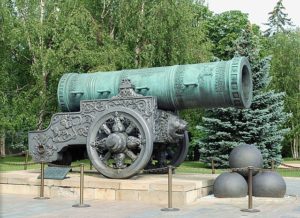
The Design of the Victoria Cross: Maltese or Pattéee, Red or Crimson?
Interestingly, the original Warrant Clause 1 states that the Victoria Cross is a “Maltese cross of bronze” – not a cross pattée. This discrepancy was never corrected! The ribbon was also stated as “red”, however, it is defined by most commentators as “wine-red” or crimson.
The Victoria Cross Clasps
Although there have been a little less than 1,400 Victoria Crosses awarded, only three men in history have received more than one – enabling them to add a bar to the medal’s ribbon. These were:
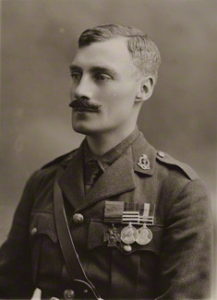
Lt. Col. Arthur Martin-Leake
Lt. Col. Arthur Martin-Leake of the Imperial Yeomanry was the first person to ever receive two Victoria Crosses. The first one, he got during the Boer War in 1902 when he helped several wounded soldiers during a battle in Vlakfontein (he was shot three times and refused aid until everyone else was treated). The second, when he was 40 years old and signed up for the Royal Medical Corps in WW1. He again rescued several injured soldiers and received the bar for his actions.
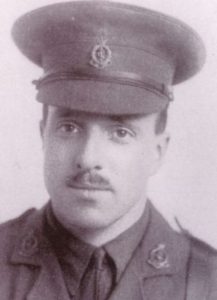
Capt. Noel Godfrey Chavasse
Capt. Noel Godfrey Chavasse was also part of the Royal Army Medical Corps. He received his first Victoria Cross in 1916, for rescuing 20 wounded men in the line of fire in Guillemont, France. He carried several of them 500 yards, from No Man’s Land, under enemy fire. One year later, he continued to treat men and search for injured troops until he was exhausted from his own wounds and died in August 1917. Both his Victoria Cross awards were given to him for actions during WW1.
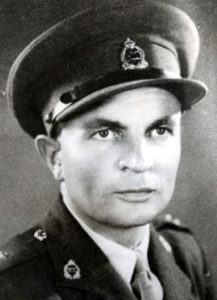
Captain Charles Upham
Captain Charles Upham was a man from New Zealand – and someone the Germans couldn’t seem to keep down! He got his first Victoria Cross in Crete, Greece, in 1941. His citation contained so many acts of gallantry that it’d be hard to pick just one. He was awarded his second Victoria Cross during the First Battle of El Alamein in 1942. Upham was wounded and captured by the Germans. During his time as a POW he made several attempts to escape – so many that he was finally interned at Colditz Castle for the rest of the war.

